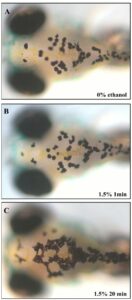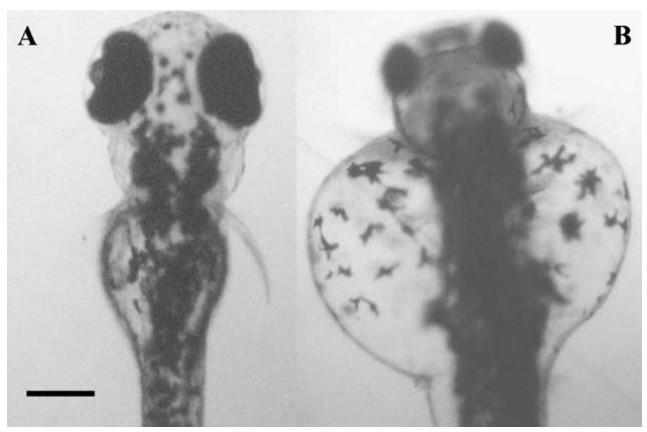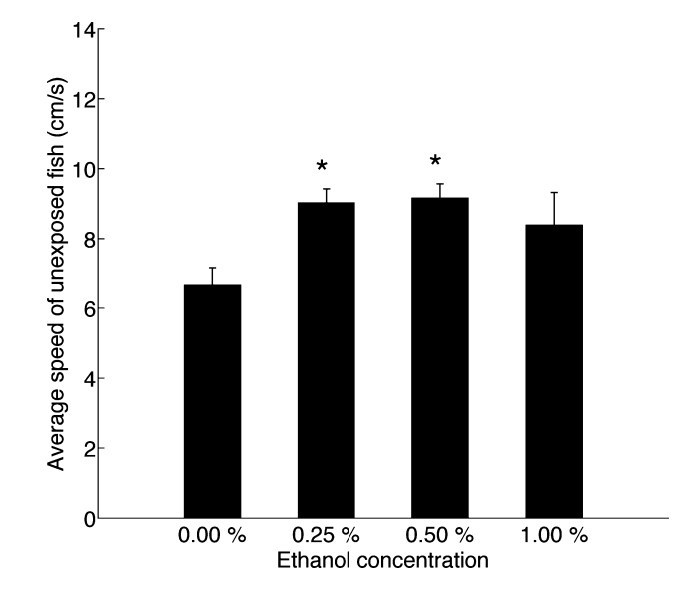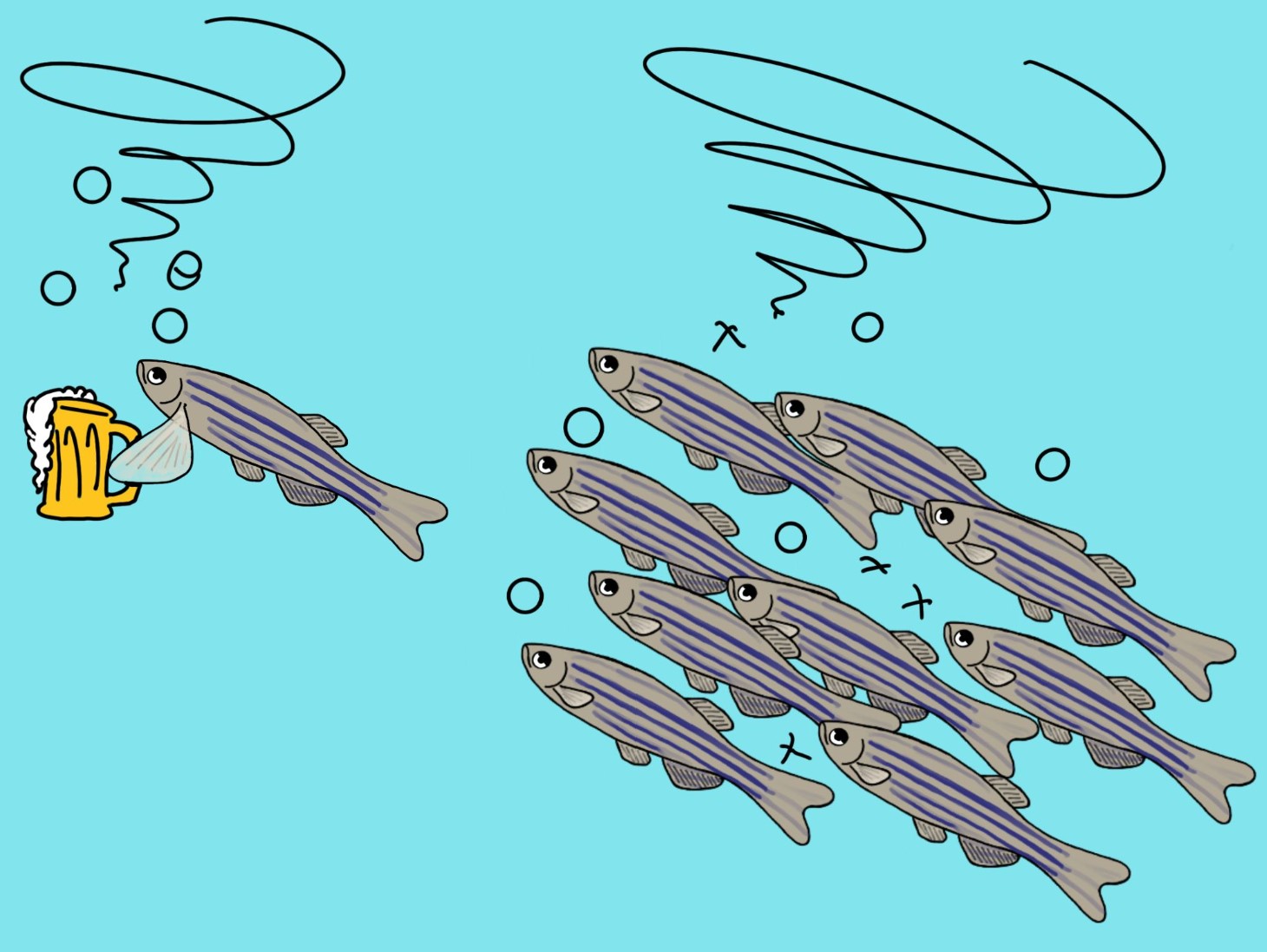Alcohol and alcoholism represents a major concern for public health. Each year, more than 3 million deaths are caused by excessive alcohol consumption (1). Drinking has become a regular part of going out with friends and family. Drinking alcohol not only influences the behaviour of consumers, but also their metabolism, and it is not without any effect on the organism. In order to gain a better understanding of the metabolism and effects of alcohol, numerous studies are being carried out on model organisms. This article presents the effects of alcohol on zebrafish and the discoveries made with this model organism regarding alcohol and its metabolism.
Advantages of using zebrafish for research about alcohol
As said in previous articles, zebrafish are a really advantageous model organism (e.g. 2,3). They are particularly well adapted to understand the effects of alcohol on organisms and on sociality (4). In addition, alcohol is water soluble so it easy to add it to the zebrafish environment, without any invasive procedure.
When planning an experiment, precise control of conditions are essential to ensure the validity of the experiment. Zebrafish are perfectly adapted to this request because the time of alcohol exposition can be strictly controlled and all individuals are submitted to the same ethanol rate. (5)
Zebrafish embryos are also widely used in alcohol experiments as the chorion is transparent, thus the measurements can be obtained without disturbing the embryo development (5). Moreover, alcohol passes easily through the chorion (5).
Alcohol effects in zebrafish larvae
Zebrafish larvae are mainly used to study fetal alcohol syndrome present in humans and which induces growth retardation, face abnormalities, sensory deficits, impaired fine motor skills and learning deficits (5). In zebrafish larvae exposed to alcohol, a higher mortality rate is observed. For surviving embryos, several malformations are observed: they present smaller eyes, body distortion, an enlarged body cavity, a change in heart rate and teratogenic effects (5). Their locomotion is also affected by showing hyperactivity and then hyperactivity and sedation when the alcohol accumulates. Similar observations have been made in humans and other animal models (4,6). The melanocytes’ morphology is also altered with a change in their appearance (6).


Alcohol effects in adult zebrafish and in their interactions
Alcohol induces also consequences on adult locomotion, perception of risk, interactions between individuals and morphological changes. At a low rate, it induces hyperactivity but at a higher rate, alcohol causes hypoactivity (4,7). Shoaling disruption with modification of alignment and cohesion of the shoal is also observed in the presence of alcohol (4,7). Some aggressive behaviours such as biting and chasing increase in a dose dependent manner (4,7).
Danger perception is altered when an individual is inebriated. It shows a decrease in fear reactions observed by a reduction of chemical signal substance (4,8).
Moreover, high concentration of alcohol may change the phenotype of an individual by darkening its pigmentation (4).
Ladu and al. (2014) made an interesting experiment in which they tested the social impacts of a single individual exposed to alcohol on unexposed congeners. They principally tested the locomotion of the shoal. They highlight the fact that the unexposed shoal respond differentially to a subject exposed to different concentrations of alcohol. At intermediate concentrations of alcohol, the individual treated demonstrated leadership and influenced the locomotion of the shoal which followed it (4). The individual treated showed higher swimming speed when it was in the presence of congeners in comparison of when it is alone (4). To demonstrate the influence of the treated individual, they tested the locomotion of the entire shoal in presence of an individual treated by different alcohol concentrations. The result was that the locomotion of the shoal was influenced by the level of alcoholism of the single individual treated (4).

Conclusion
Zebrafish are very efficient model for doing research about alcohol and its metabolism. They allow the study of social, behavioural, motor and morphological impacts. The literature shows the important role it plays in social interaction and the way that the treated individuals influence the rest of the shoal which is unexposed. To study morphological effects, embryos and adult zebrafish used must not be mutated. To ensure the health of the embryos used and avoid sorting errors, the EggSorter can be a major help.
References
- L’abus d’alcool tue chaque année de 3 millions de personnes, dont la plupart sont des hommes. [Internet]. [cited 2023 Sep 23]. Available from: https://www.who.int/fr/news/item/21-09-2018-harmful-use-of-alcohol-kills-more-than-3-million-people-each-year–most-of-them-men
- Zebrafish As A Model In Parkinson’s Disease – Bionomous [Internet]. [cited 2023 Sep 23]. Available from: https://bionomous.ch/articles/zebrafish-model-parkinson-disease/
- Do Zebrafish Like Classical Music ? – Bionomous [Internet]. [cited 2023 Sep 23]. Available from: https://bionomous.ch/articles/zebrafish-and-classical-music/
- Ladu F, Butail S, Macrí S, Porfiri M. Sociality Modulates the Effects of Ethanol in Zebra Fish. Alcohol Clin Exp Res. 2014;38(7):2096–104.
- Bilotta J, Barnett JA, Hancock L, Saszik S. Ethanol exposure alters zebrafish development: A novel model of fetal alcohol syndrome. Neurotoxicol Teratol. 2004;
- Lockwood B, Bjerke S, Kobayashi K, Guo S. Acute effects of alcohol on larval zebrafish: a genetic system for large-scale screening. 2004;
- Echevarria DJ, Toms CN, Jouandot DJ. Alcohol-induced behavior change in zebrafish models. 2011;22(1):85–93.
- Oliveira TA, Koakoski G, Kreutz LC, Ferreira D, Rosa JGSD, De Abreu MS, et al. Alcohol Impairs Predation Risk Response and Communication in Zebrafish. Kalueff AV, editor. PLoS ONE. 2013 Oct 7;8(10):e75780.



